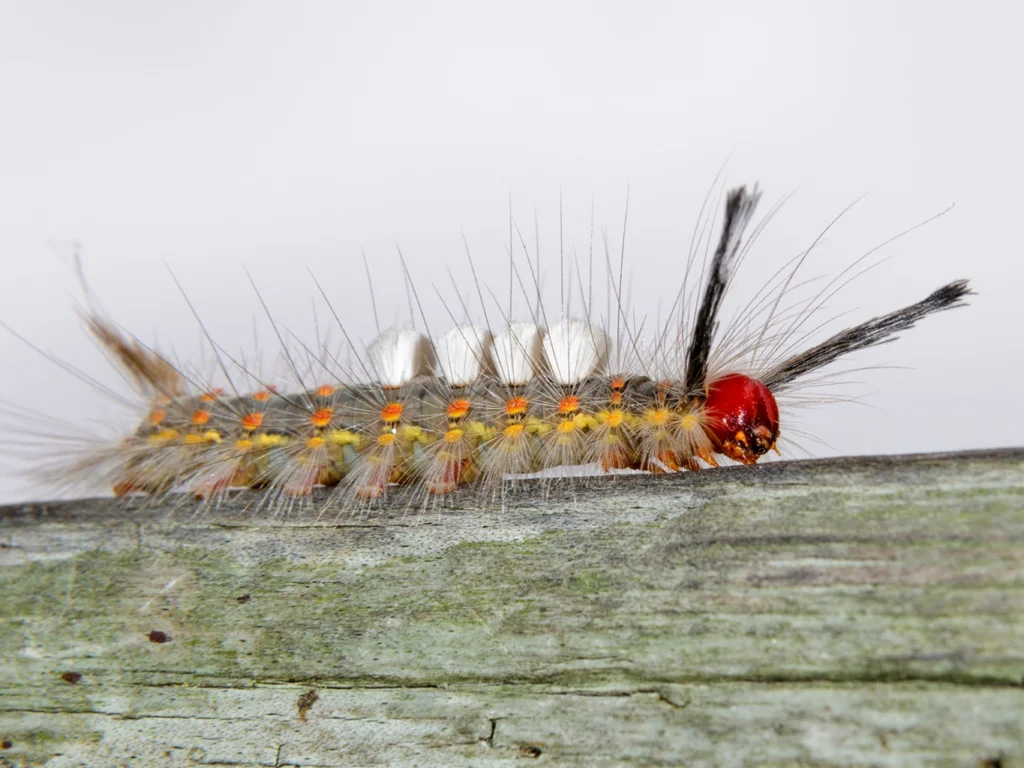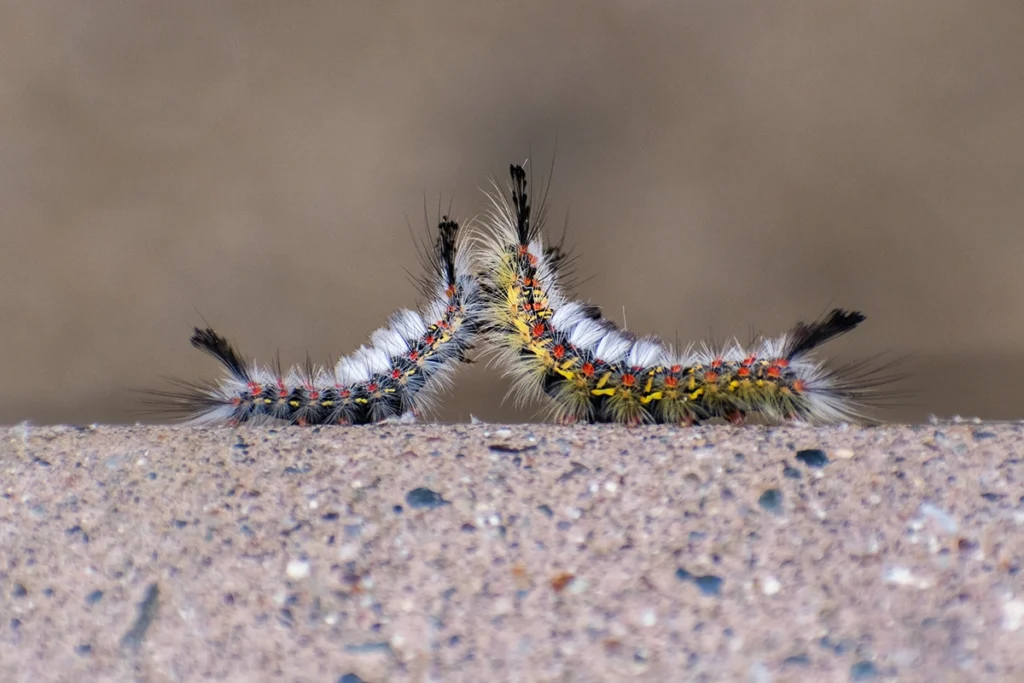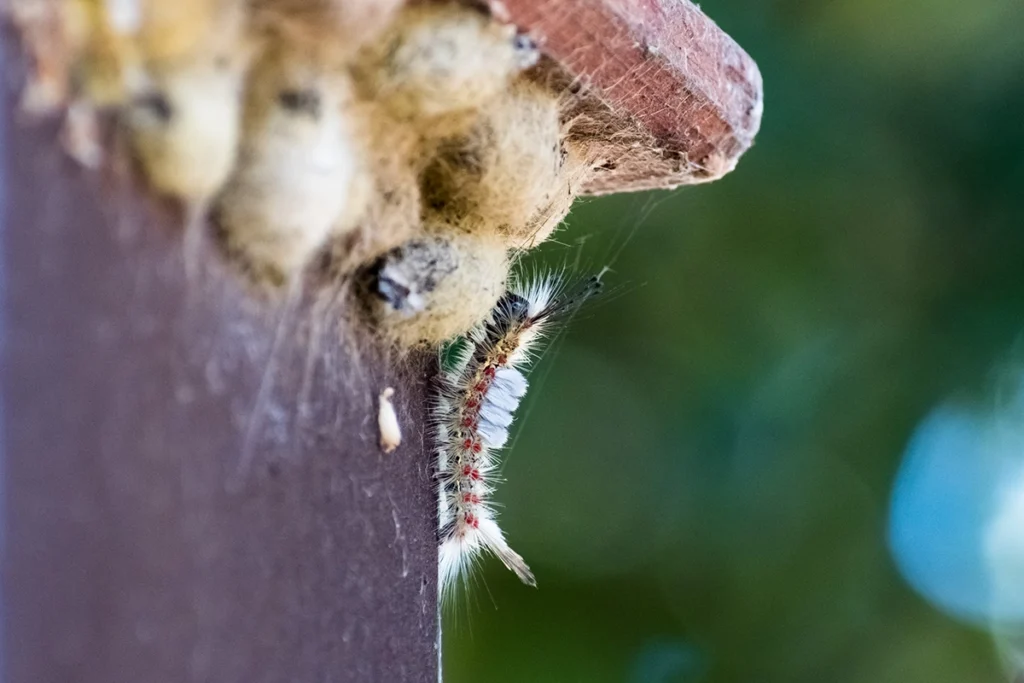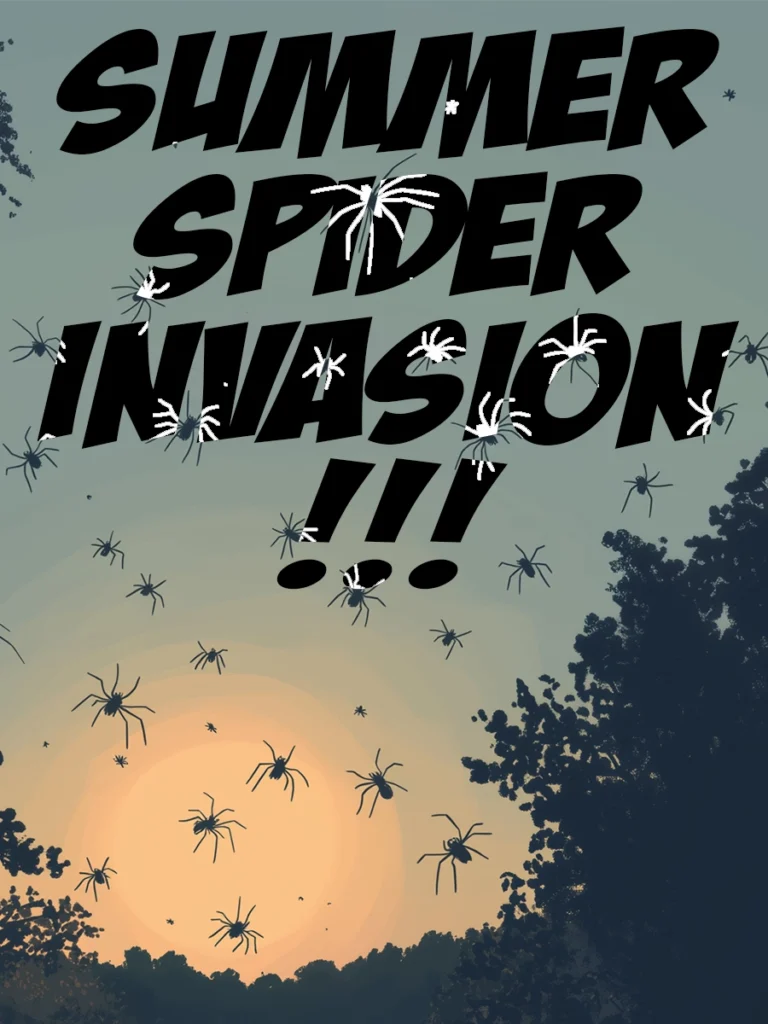Tussock Moth
Tussock moths are small, brown moths with distinctive white tufts of hair on the thorax. The larvae can grow up to 2 inches in length and are pale green with reddish stripes. They also have long, black hairs that look like tufts. The most damage they do to humans is by irritating them with their hairs.
Tussock moths are known to feed on many different types of plants, including trees, shrubs and herbs. They lay their eggs in plant stems or leaves and hatch into caterpillars that spend their time eating through grasses, wheat crops, soybeans and other plants. In California alone there have been four separate outbreaks since 1999 ranging from 14 counties in 1999-2000
Tussock moths are found throughout North America, except for southern Florida and Hawaii. They live in grassy areas and forests where they lay their eggs on grasses or woody plants such as birch trees
Have any Questions?

The larvae can grow up to 2 inches in length and are pale green with reddish stripes. They also have long, black hairs that look like tufts.

Where do Tussock Moths come from?
Tussock moth outbreaks
The tussock moth is a native species that has been present in California for centuries. However, outbreaks of the moth have occurred multiple times since 1999. These outbreaks are usually associated with warm weather and dry conditions. In California alone there have been four separate outbreaks since 1999 ranging from 14 counties in 1999-2000 to over 40 counties in 2016-2017.
People do what?
The tussock moth's caterpillar is considered a delicacy in some countries where it's eaten as a snack or an appetizer before main course meals.
The Douglas Fir Tussock Moth: A Native Pest of California

Life Cycle of the Douglas Fir Tussock Moth
Characteristics of the Douglas Fir Tussock Moth
Impacts of the Douglas Fir Tussock Moth
Tussock Moth Pest Control
If you find yourself in the middle of an all-out tussock moth epidemic, it’s probably too late to do much about it. But if you’re just dealing with a few moths, or even one moth, there’s still good news: You can stop the infestation by treating your property.
Infestations are often difficult to treat and spot, so it’s important to get an early start on your tussock moth control program.
Tussock moths lay their eggs in late summer or fall, which means they’ll hatch when temperatures rise in springtime, which is why you should be looking out for signs of infestation now! The caterpillar stage of these pests causes damage by eating grass blades. If left untreated over multiple years, this can result in large patches where nothing but dirt remains due to constant grazing by hungry caterpillars.
The eggs hatch into caterpillars that feed on foliage until they reach adulthood. The moths then mate and lay eggs so that another generation can start over again when the weather gets warmer again next year. Tussock moths can be found throughout North America except for northern Canada and Alaska. However there are many different types of tussock moth species so it’s important to know which kind you’re dealing with.
Have any Questions?
How do Tussock Moths damage your property?
Tussock moth larvae are the culprits behind tussock moths. They feed on trees and shrubs by chewing through their leaves or branches. You may find dead leaves on some of your trees as a result.
The outdoor furniture around your home is also at risk for being damaged by these pests because they love eating away at any fabric found within the cushions or pillows. So, keep an eye out for any signs that something might be wrong before it gets worse.
How do I know if I have a tussock moth problem?
There are several signs of tussock moth infestation. If you notice any of these, contact us for professional pest control services:
- Damage to your property. Tussock moths often chew holes in the leaves of plants and trees, causing them to lose their color and die prematurely.
- Signs of larvae (caterpillars). If you see small brownish caterpillars on your outdoor plants or trees, it's likely there's an infestation.
Is it too late to treat for Tussock Moths this spring? The answer may surprise you!
It’s important to know that the earlier you treat for tussock moths, the less damage your property will suffer. This is especially true in springtime when eggs are being laid on grass and plants by adult moths.
If you want to prevent them from hatching into larvae that feed on your lawns and gardens, get treated as soon as possible. In fact, there are several good reasons why spring treatments are best:
They’re more effective than fall or summer treatments because eggs haven’t yet been laid by adult moths (which happens in late summer).
They work better than winter treatments because there are less insects around during this time of year.
The earlier you treat for tussock moths, the less damage your property will suffer.
The tussock moth can be a serious pest, causing serious damage to your property and becoming a nuisance. While there are many good organic pest control options, it’s important to remember that there are also some specific pesticides that can help. It’s also important how long an infestation has been going on before treating it so that you don’t waste money or time with ineffective methods.









